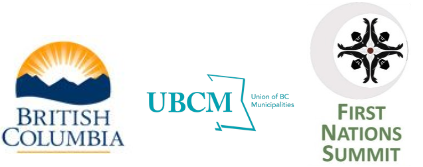CivicInfo Library
Joint Indigenous and Local Government Initiatives and Relations
| A collection of resources related to initiatives, agreements, arrangements, partnerships, and the provision of services between Indigenous governments and organizations, and local governments in British Columbia. |  Service Partner |
< Previous Resource 7 of 13 Next >
How B.C. cities can advance reconciliation beyond studies and flags at half mast
Local and regional governments across B.C. are issuing statements of condolence and commitments to further reconciliation after the Tk'emlúps te Secwépemc First Nation announced the remains of 215 children were found at the site of a former residential school in Kamloops — but Victoria's mayor has a piece of advice.
"Reconciliation has to be more than symbolic gestures and lowering flags," Lisa Helps said.
Three years ago Victoria council made national headlines for voting to remove a statue of John A. MacDonald from outside city hall due his legacy on Indigenous issues. A decision on the statue's long-term fate has still not been made, but Helps said removing it "gave space" for the city to make more systemic changes to its internal operations.
"Real change happens when you embed things into a city," she said, outlining some of the changes the city has made in its strategic plan regarding reconciliation.
They include plans for mandatory staff training on local Indigenous history, opportunities for additional Indigenous contractors and employers in infrastructure projects (Helps didn't have the exact number of projects involved on hand), members of First Nations communities being included on the city's climate planning committee with appropriate compensation and dual Indigenous and English names on signs for new parks.
Symbols matter — but so do representation and discussions on returning or selling land, Indigenous leaders say.